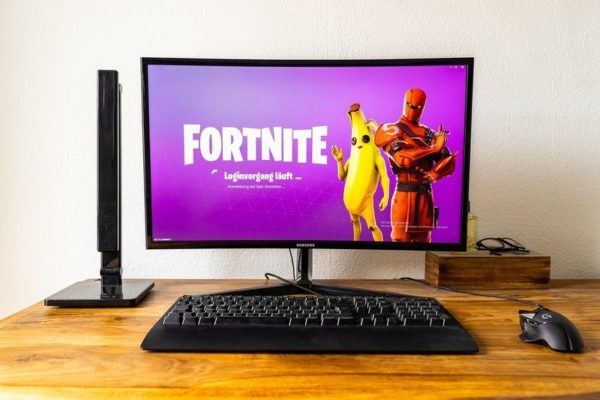Is the Free-to-Play Model Transforming the Gaming Industry Forever?
When analysing emerging tech trends in areas such as the notoriously fickle video gaming industry, it is always important to take things with a pinch of salt. Not so long ago, pundits were heralding the incoming VR transformation, but now there are fewer VR gaming projects in the pipeline than at virtually any other point in the last decade.
The same can be said of once-promising industry trends such as motion detection hardware and 3D gaming, all largely consigned to the dustbin of history. However, one trend that looks set to genuinely have a lasting and transformative effect on the $159.3 billion gaming industry is the so-called ‘free-to-play’ model. Here’s why.

Source: Pixabay
Free-to-Play Industry Stats
The fundamental impact of free-to-play games on the overall industry cannot truly be appreciated until you look at the jaw-dropping numbers. Back in 2018, it was estimated that such games were responsible for $88 billion of revenue, out of a total gaming industry revenue of around $110 billion.
Virtually all industry analysts agree that FTP’s share has risen since then. The slight majority of this revenue comes from emerging markets such as China and India, where hundreds of millions of people sign up to play market-leading FTP titles such as Fortnite, PUBG, and Clash of Clans. These are markets where, owing to local conditions, console gaming has only a very small foothold. However, while a majority of gamers in Europe and the US still appear to be willing to pay the average price for a new console game in 2020, which stands at around $60, FTP is catching up fast.

Source: Pixabay
Why it Works
It is tempting to wonder how FTP can be sustainable, yet alone provide long-term profits for the industry. Free-to-play is certainly precarious; 75% of all FTP games make the majority of their revenue within the first three days of their release. This means that, in order to be viable, it is essential to retain advertiser support and to keep people playing their games as often and as long as possible.
This, in turn, has sparked plenty of creativity within the FTP industry and beyond. The developers behind Fortnite, for example, are increasingly turning to in-game celebrity appearances and competitions to keep players tuned in. Meanwhile, traditionally non-FTP sectors are adopting parts of the FTP model to appeal to the new demographic of gamer. Take the real-money online casino industry for instance. Major market players are now switching to FTP, with the most popular online jackpot games at Leovegas, a global online casino platform, now being available for players to try out without having to create an account or spend a single penny. The same trend can be seen among established market players such as Activision Blizzard, which has made waves in recent months by ramping up its free-to-play offerings, including Call of Duty: Warzone and Call of Duty: Mobile.
As broad swathes of the video game industry pivot to FTP and profits continue to rise, it is fair to assume that this model is here to stay.
















